360° Digital Marketing Service
Looking for a performance-driven, data-centric digital marketing agency that specializes in experience-first brands? That’s exactly what we deliver—exceptional results through tailored, data-driven strategies.

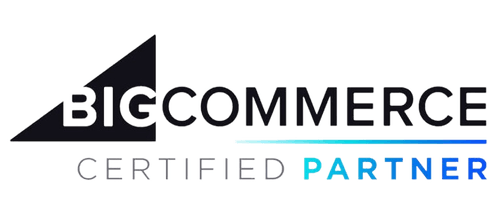
Receive a Personalized Consultation for Your Digital Marketing Needs!
Our Approach
As your trusted digital marketing partner, we follow a data-driven, customer-centric, and results-focused approach to achieve measurable digital growth.
Curate & Strategize
We prioritize your brand’s unique identity, creating personalized, data-backed strategies tailored to your business.
- Personalized Strategy & Consultation
- Data Insights & Audience Segmentation
- Custom Digital Marketing Services
Launch & Track
Once the plan is set, we execute campaigns and initiate your brand’s digital growth journey.
- Marketing Automation
- Conversion Rate Optimization (CRO)
- Targeted Promotions for Higher ROI
- Custom KPIs & Reports
Evolve & Scale
We continually track performance, optimize strategies, and leverage successes to drive sustained growth.
- Customer Retention Strategies
- Continuous Improvements
- Reduce CAC & Boost LTV
Digital Marketing Tools We Use
Our team of expert digital marketers leverages industry-leading tools to deliver comprehensive solutions tailored to your brand’s needs. We focus on creating personalized digital experiences while staying ahead of the competition.

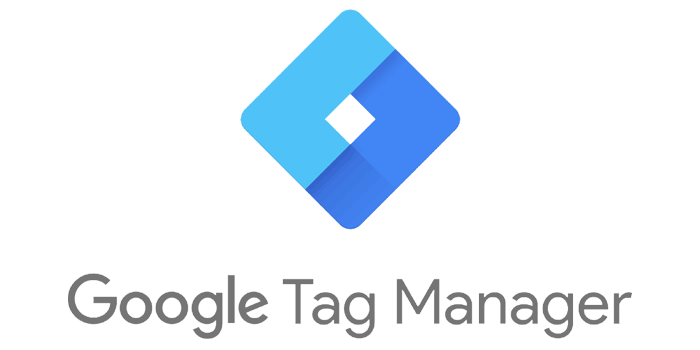

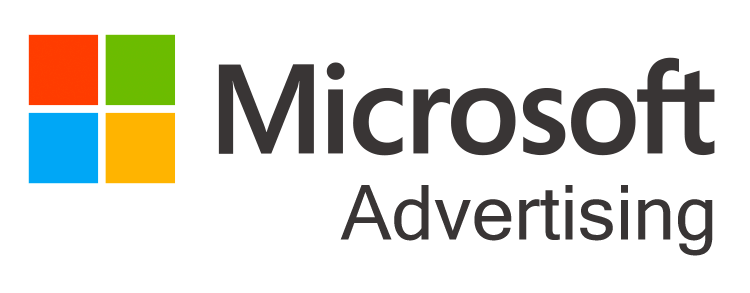
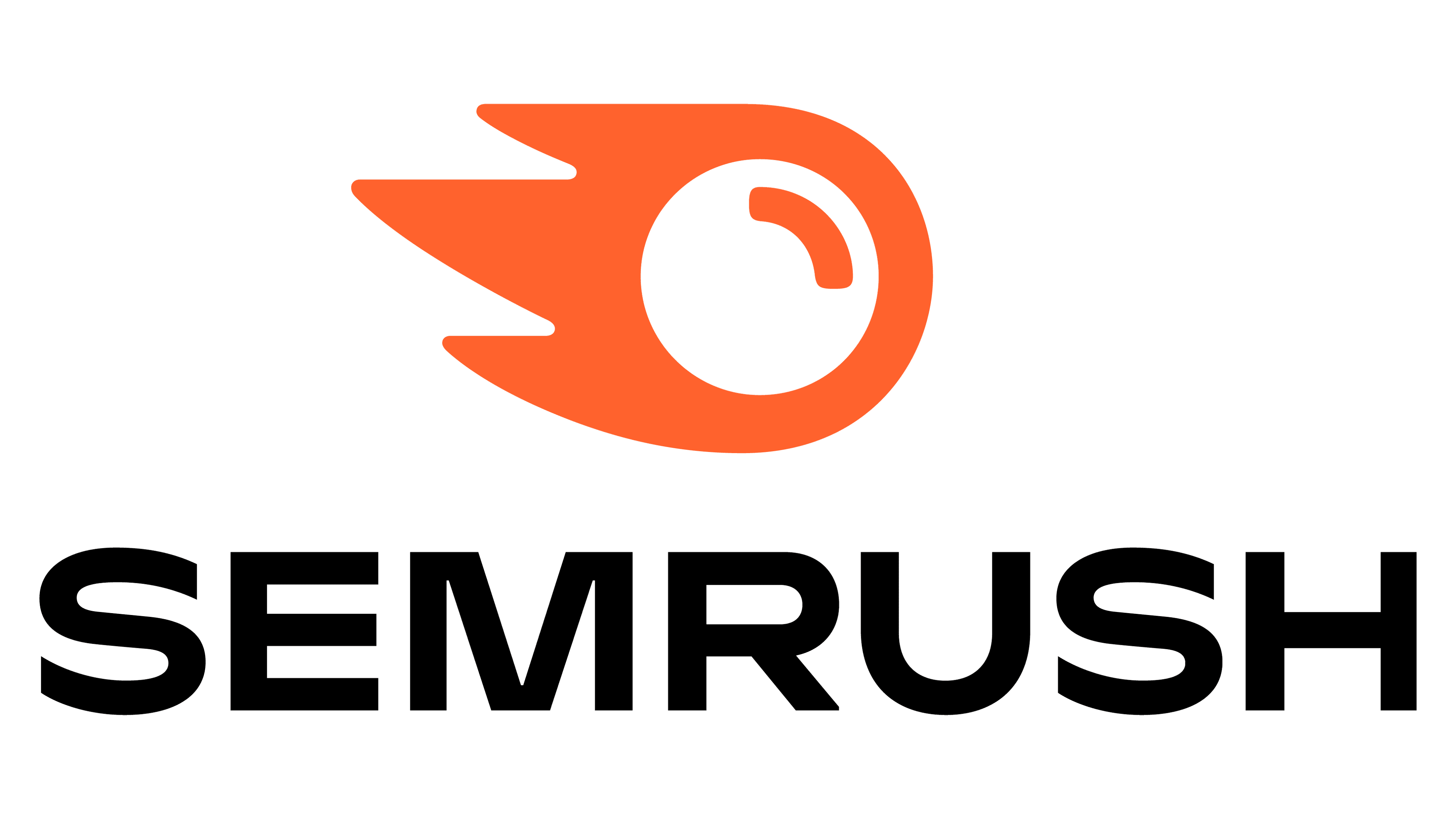


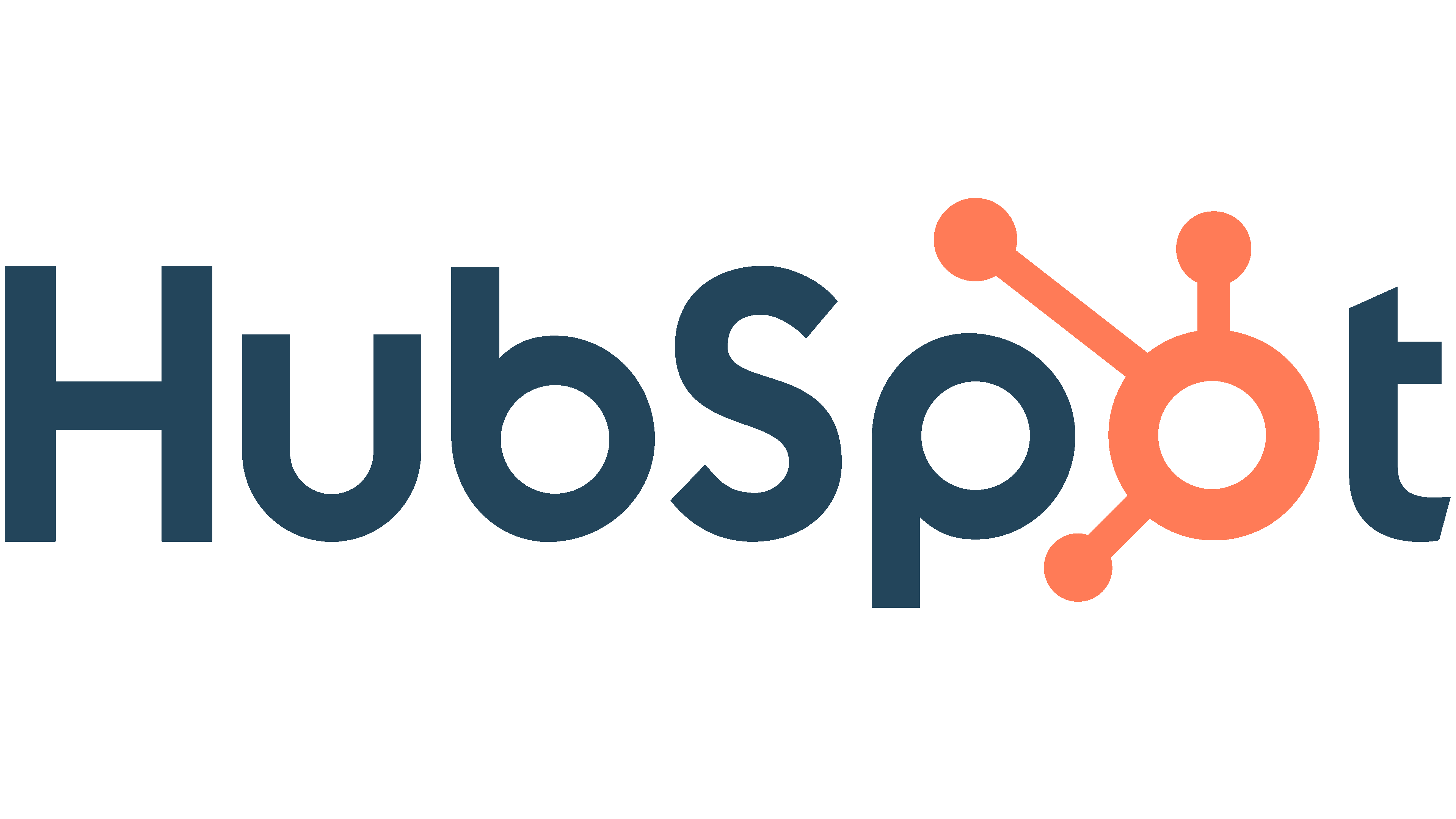

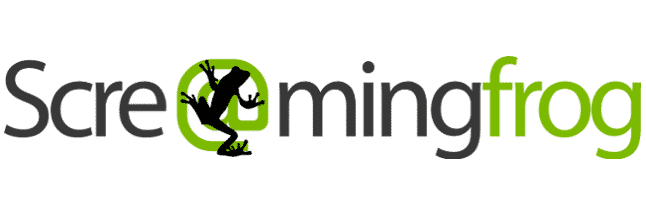

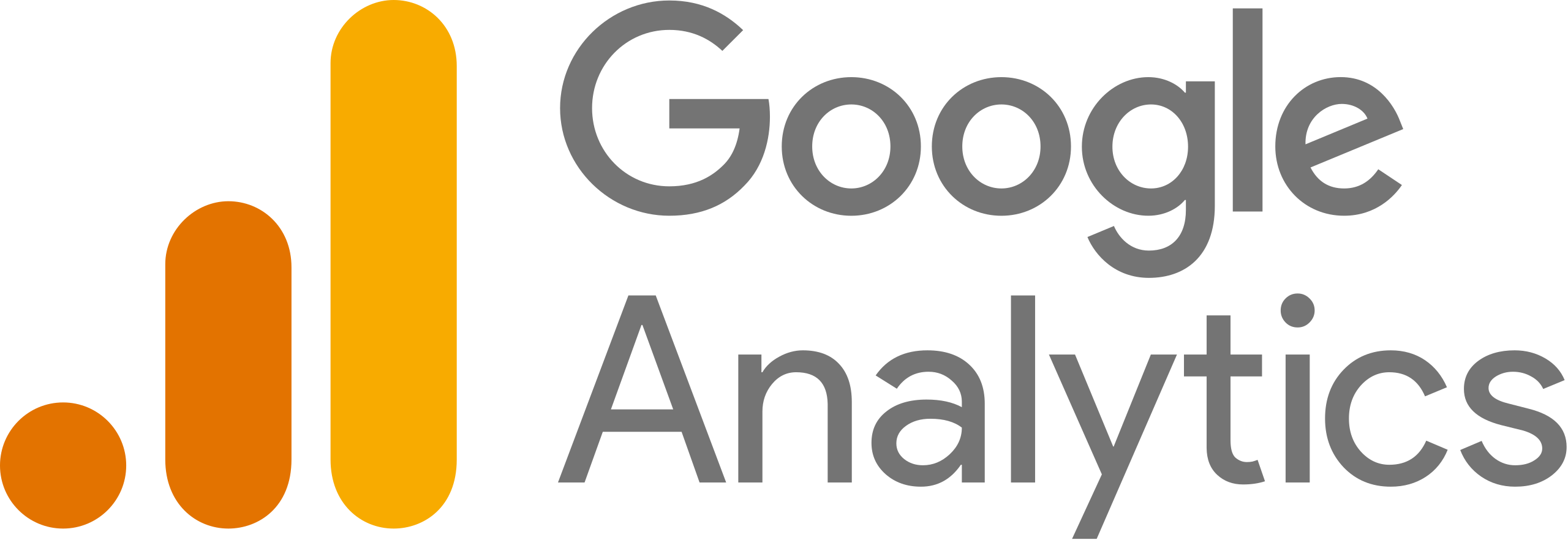

Why Choose DotcomWeavers as Your Digital Marketing Partner?
Strategic Revamp: Let us transform your operations with a comprehensive, data-driven approach to digital marketing.
Comprehensive Services: Partner with a team that offers a full suite of digital marketing services designed to meet all your business needs.
Proven Credibility: With years of experience in the industry, we are a trusted partner for driving your digital success.
Seamless Compatibility: Looking for a perfect fit? DotcomWeavers aligns with your goals, ensuring smooth collaboration and impactful results.
24/7 Support: Simplify your operations with round-the-clock support from our dedicated digital marketing experts.
Drive Results with Proven Strategies with Us—Get Started Now!







